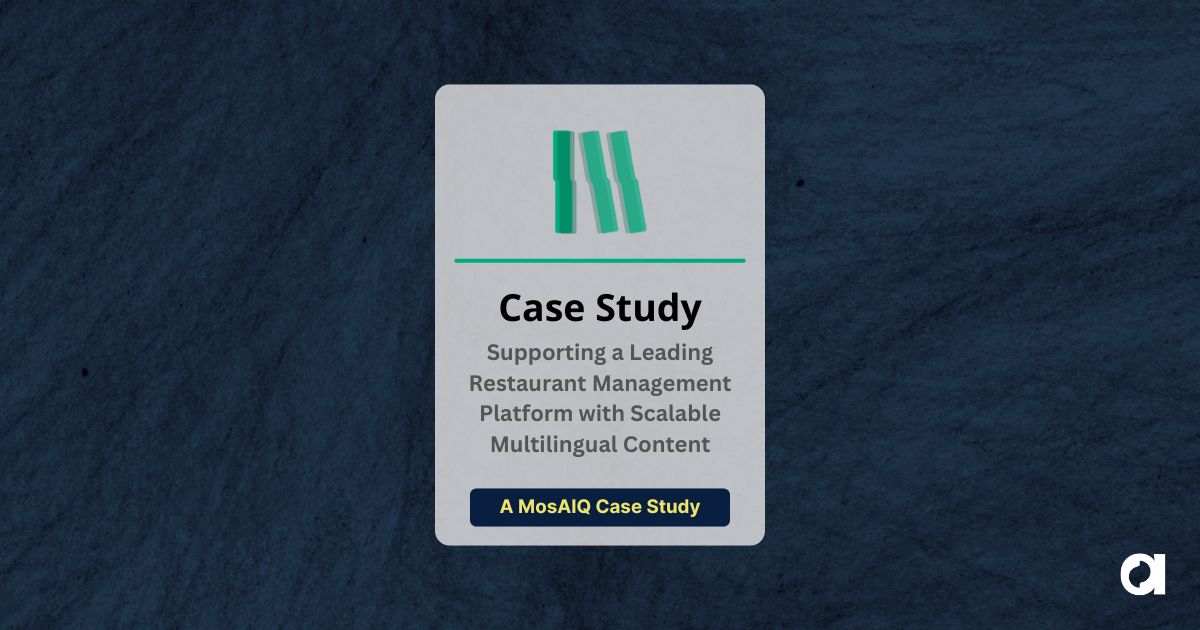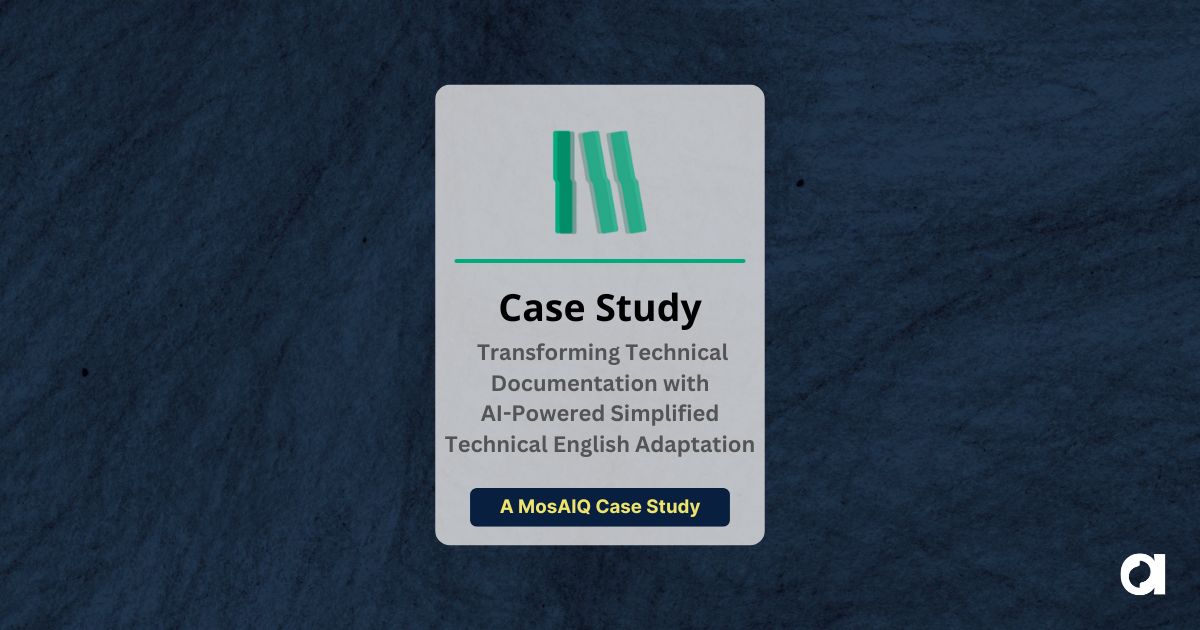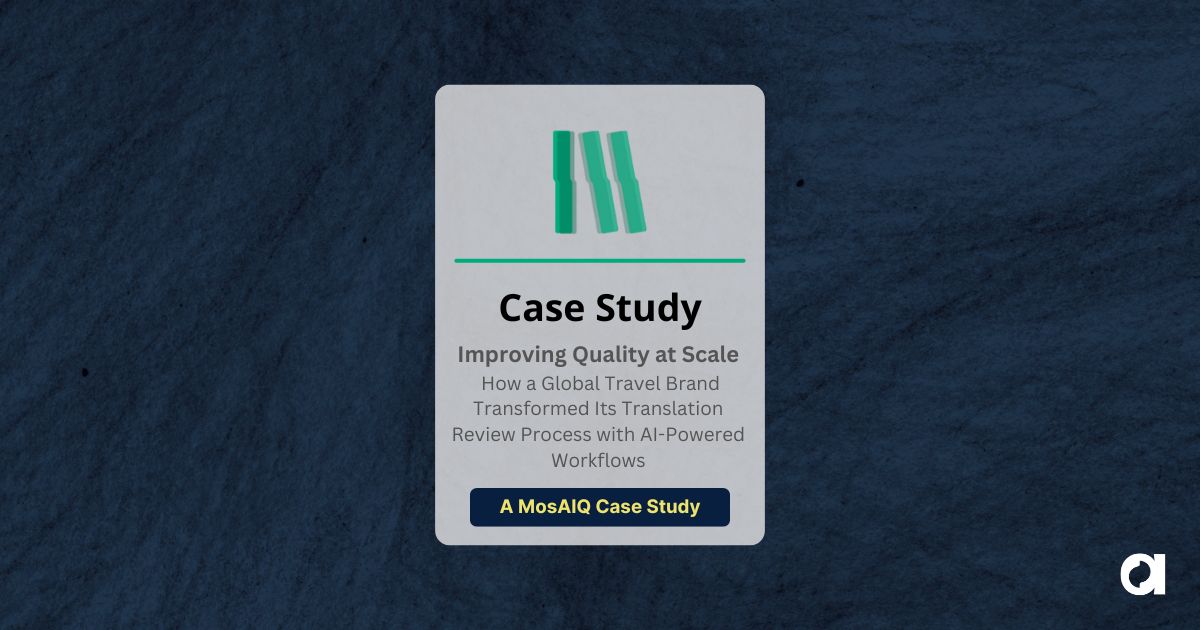As an up and coming economic powerhouse, India is a market many businesses are beginning to take real notice of. And with that, of course, comes SEO. That’s why we sat down with Mubashar Shahzad as part of our International SEO Video Series to explore the Indian and Pakistani markets in more detail, and most importantly, learn how to handle SEO for these two markets.
SEO Opportunities in India and Pakistan
India is home to 1.4 billion people, with 658 million internet users, and Pakistan has a population of 230 million with 83 million internet users. With such large populations, you can understand why there’s so much potential in these two markets.
Official languages and how they impact SEO
Linguistically, both markets are extremely diverse. In India, there are 22 official languages, but don’t worry – you just need a handful of languages to get by! And although Pakistan’s official languages are Urdu and English, you do need to take more languages into account to really speak to 100% of the population.
In India the most prominent language is Hindi spoken by 57% of the population. That’s followed by Bengali, Marathi, Telugu and Tamil. In Pakistan, Punjabi is the most common language which is spoken by just under 39% of the population, followed by Pashto, Sindhi, Saraiki and Urdu.
However, as English is very prominent in the school system in both countries, English is often used in international business, but shouldn’t be relied upon if you’re looking to target more diverse populations and regions in both countries.
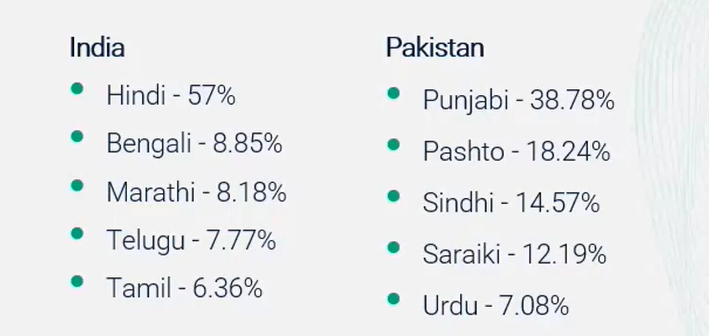
Top search engines in India and Pakistan
It’s probably no surprise that the main search engine in both countries is Google. That makes things a lot easier for companies looking to expand into these two markets as it means you’re going to be dealing with the same ranking factors as you’re used to.
Top digital platforms in India and Pakistan
Social media is very popular in India and Pakistan, with many companies investing in having a very good YouTube strategy as it’s one of the main channels people use to gain new information. But there are a few channels that are specific to each market, for example, Flipkart in India, and Daraz and Olx in Pakistan.
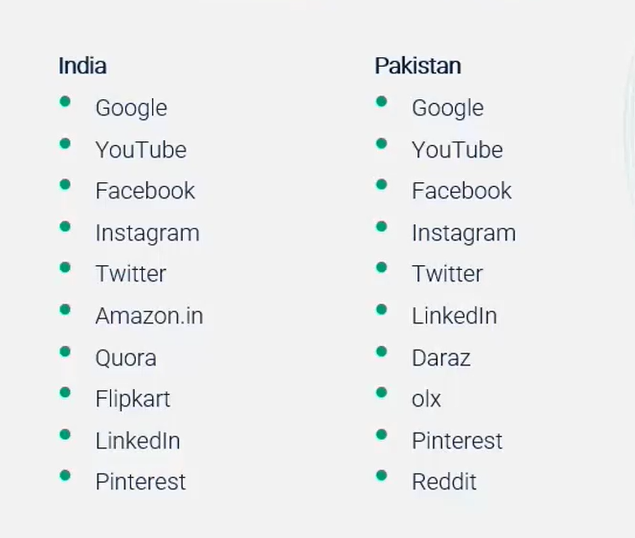
Buyer culture
As both countries have very diverse populations, it’s hard to talk about a single buyers culture for each of the two markets. However, if you’re looking at general traits, most Indian and Pakistani buyers will look at buying the cheaper option if they have the chance. However, we’d recommend analyzing the buyer culture in specific locations within the two countries to maximize your chances of success. As different regions have their own languages and customs, it’s really important that SEO in India and Pakistan is done on a regional level rather than a country-wide effort.
Keyword Research
Tools
For India and Pakistan, you can use keyword tools like Keyword Planner, SEMRush, Ahrefs and Uber suggest, so there’s no need to get a special India/Pakistan specific tool. Just make sure that you change the country settings to either India or Pakistan and change the language to the language you’re targeting, too.
Keyword research and Romanized words
If you’ve ever tried to do keyword research for India or Pakistan before, you might notice that a lot of the words are written in the Roman alphabet rather than Hindi/Urdu etc. You’ll notice this on Youtube videos too, that a lot of the descriptions are written in the Romanized way.
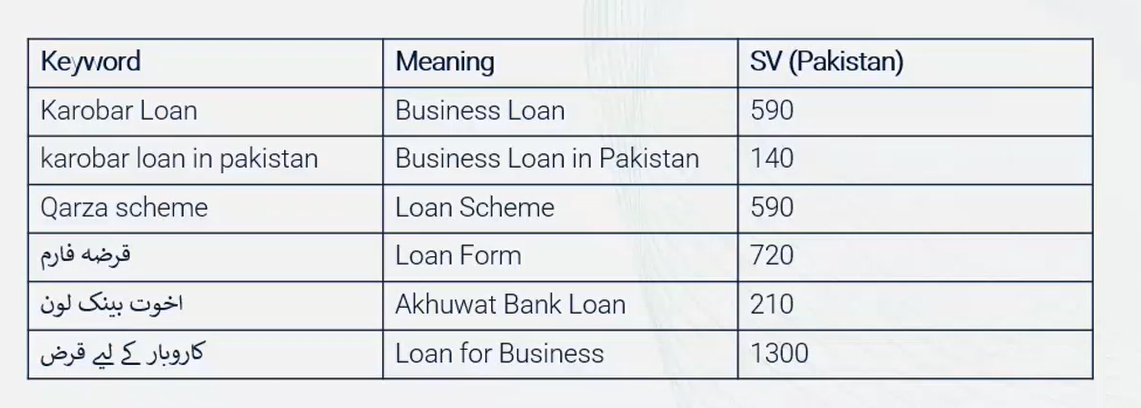
Although SEO best practices do say that it’s important to keep one language per website, adding romanized keywords to copy and meta data has been proven to actually work and increase conversions in both India and Pakistan.
Competitor research
To carry out competitor research in India and Pakistan, you could:
- Search your products on Google (providing you’re using an in-country SEO) and seeing what shows up in the SERPs.
- Look on market places for products like yours.
- You can also search on Google Maps or Bing Places.
- Using some of the tools we’ve already mentioned above, you can also explore their product pages.
Multilingual SEO Best Practices
In order to rank in India and Pakistan, you should be following the same multilingual SEO best practices that you’re using for other regions. This includes:
- Localizing your meta data
- Keeping languages separate
- Using correct hreflang tags
- Being mindful of your server location
- Look into geo location settings
For URLs and domains, you can use:
- Country specific domains e.g. .in or .pk
- Sub-domains (in.argosmultilingual.com)
- Sub directories (argosmultilingual.com/en-in)
- Also make sure you’re using a clean URL structure and are staying away from URL parameters
Hopefully we’ve given you a bit more insight into SEO for India and Pakistan, and will give Youtube and Romanized keywords a try. If you would like our support, all you have to do is get in touch.
Watch Mubashar’s Video
About Mubashar
Mubashar is an SEO Consultant based in Lahore, Pakistan. Having worked in SEO for well over a decade, he’s passionate about helping foreign companies reach their full potential in India and Pakistan.
 David de Alfonso
4 min. read
David de Alfonso
4 min. read
In today’s digital world, content is king, and adding a voiceover can really make a difference in how resonant and memorable your multimedia becomes. However, let’s face it – producing voiceovers can be expensive and time-consuming and often runs the risk of human error. But fear not because there’s a cost-effective, flexible alternative solution that […]

 Argos Multilingual
7 min. read
Argos Multilingual
7 min. read
As the European home of some of the world’s largest companies, such as Google, Indeed, Airbnb, and Meta, to name just a few, it’s no wonder companies are looking to learn more about SEO for Ireland. But how does that actually work? As part of our iSEO video series, we asked Alan Presch, an Irish […]








